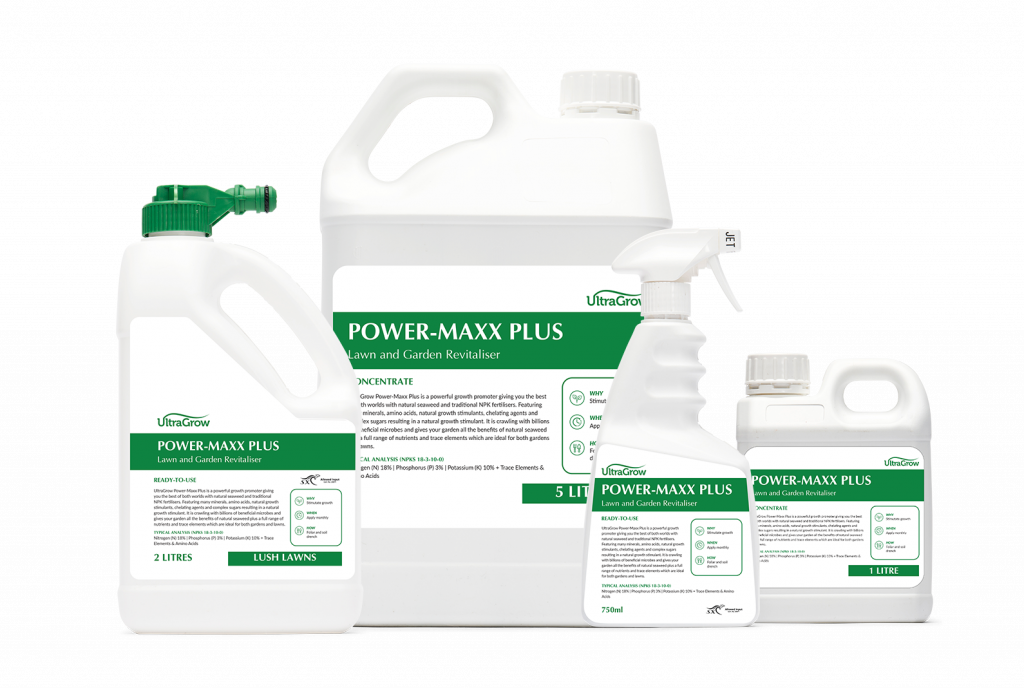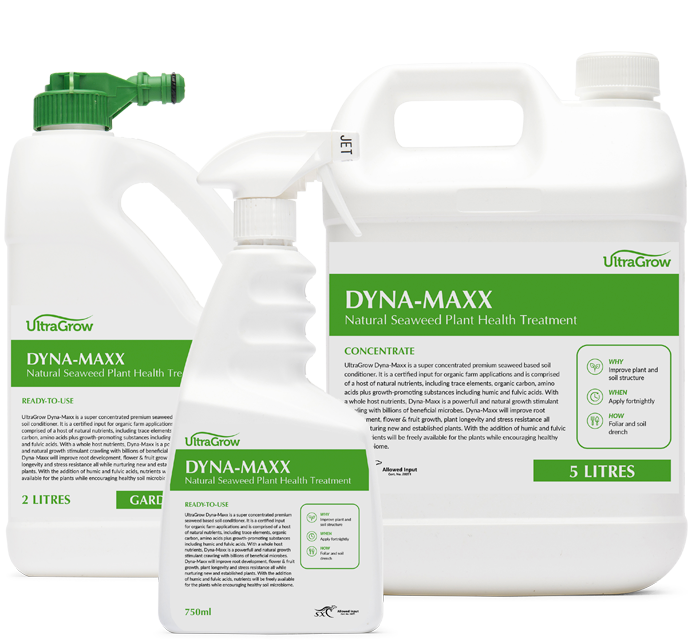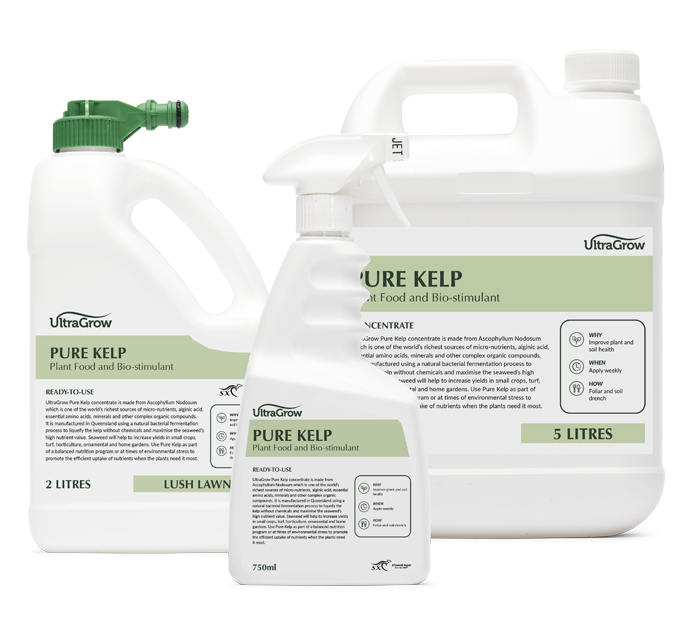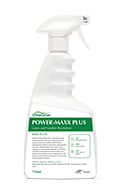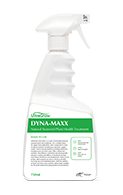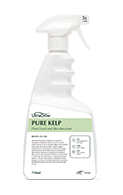
How to Apply UltraGrow Liquid Fertilisers and Soil Conditioners
Applying UltraGrow liquid fertilisers and soil conditioners is simple once you know the basics. With so many different liquid fertilisers on the market, each with unique instructions, rates, and ratios, we aim to make it easy so you can spend more time enjoying your garden and less time working on it.
Key Information on UltraGrow Labels
When using UltraGrow products, you’ll notice two important numbers on the labels: the minimum dilution rate and the application rate.
1. Minimum Dilution Rate
The minimum dilution rate is usually expressed as a ratio, like 1:100. This means you’ll need to mix the concentrate with at least 100 parts of carrier, which in most cases is water, for the best results. For example, if your application requires 100ml of concentrate, you’d need to mix it with at least 10,000ml (or 10L) of water (100ml × 100 = 10,000ml or 10L).
While many application methods will exceed this dilution rate, it’s especially important to monitor in pressure spray applications where less water might be used.
2. Application Rate – Liquid Fertilisers
The application rate tells you how much fertiliser is needed for a specific area. For liquid fertilisers, this is typically expressed as a volume per area. For example, 100ml might cover 100m². This type of calculation is often used for lawns but works equally well for garden beds.
To determine how much fertiliser your garden needs, start by calculating the total area of your garden. For example, if your house block is 600m², with the house, alfresco, and driveway occupying a total of 350m², you’d have 250m² of lawn and garden area left. Based on a product with a rate of 100ml per 100m², you’d need 250ml of concentrate for your entire property.
Using the earlier dilution example (1:100), you’d mix the 250ml of concentrate with 25L of water for application.
3. Application Rate – Granular Fertilisers
Granular fertiliser application rates are often easier to calculate. For example, a label might recommend 25g per m². As a handy guide, the average adult handful weighs between 30g and 45g.
For more accuracy, you can use a granular fertiliser spreader. Keep in mind that your walking pace can affect the spread rate, so a drop spreader is a good choice for fertilising lawns. It adjusts with your walking speed and reduces overlap, making it the most accurate option.


